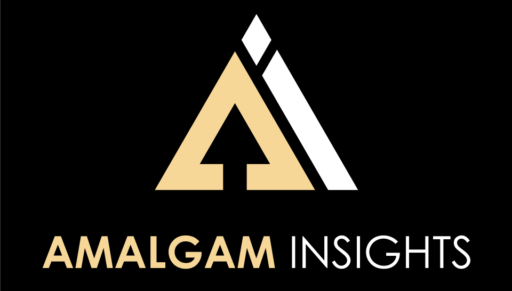 On August 15, 2019, Incorta announced the closing of a $30 million Series C round led by Sorenson Capital and including participation from existing investors GV, Kleiner Perkins, M12 (formerly known as Microsoft Ventures), Telstra Ventures, & Ron Wohl. Incorta has raised $75 million in funding since its founding.
On August 15, 2019, Incorta announced the closing of a $30 million Series C round led by Sorenson Capital and including participation from existing investors GV, Kleiner Perkins, M12 (formerly known as Microsoft Ventures), Telstra Ventures, & Ron Wohl. Incorta has raised $75 million in funding since its founding.
Incorta is an innovator in the enterprise analytics space because of its Direct Data Mapping capabilities that allow organizations to build data warehouse-like organizational capabilities without having to create ETL jobs or data models. This allows organizations to massively accelerate their time to incorporate new data into analytic environments and represents one of the new paradigms in data and analytics that is getting organizations closer to the Holy Grail of supporting ubiquitous analytics. This approach also provides performance benefits associated with analytic queries compared to traditional database approaches to organizing large stores of data for analytic usage, such as columnar data queries.
This round of funding was validated by Incorta’s rapid recent growth, including 284% growth in revenue year-over year (including key deals in verticals such as financial services, retail, and manufacturing), 200 new employees added over the last six months with new offices in Chicago, Dubai, and Bangalore, and a strengthened marketing and sales partnership with Microsoft
Incorta is expected to use this funding to acquire top technical, sales, marketing, and operational talent, continue investing in current technologies, and work with public cloud providers on supporting effective and efficient deployments.
Why It Matters
Enterprise analytics have gone through several generations of evolution, starting with the initial development of reporting on structured databases and ETL with the likes of Business Objects, Cognos, and Microstrategy , then continuing with the growth of self-service and data discovery driven by Qlik and Tableau, and then a variety of Big Data solutions including Hadoop, MongoDB, Oracle Exadata, and SAP HANA. We also saw a set of cloud BI solutions that accelerated the ability to create data models and star schemas, such as Birst, Power BI, and Oracle Analytics Cloud.
Although many of these technologies continue to be valid and effective ways to manage analytic access, we are entering a new era of analytics solutions seeking to accelerate analytic access and ubiquity not by simply improving current paradigms of data querying, modeling, and integration, but by fundamentally changing the way we access and structure analytic data by taking advantage of the cloud and modern methods of supporting complex data. Amalgam Insights believes that Incorta is an emerging game changer in the current era of analytics in its approach that actively avoids traditional data modeling and ETL in favor of a more direct approach of bringing data sources together and conducting analytics on the data. This approach is fundamentally important because it practically allows businesses to bring in new data sources as trusted analytic data without having to figure out the complexities of Kimball-esque data warehouse mapping.
With this round of funding, Amalgam Insights believes that Incorta is equipped to sell its unique approach to analytics to a larger audience. However, if the recent funding rounds of Looker, Thoughtspot, and Sisense are any indication, Incorta will likely look for at least one more round of funding either to support global marketing and selling efforts or to prepare for IPO. Either way, Amalgam Insights expects Incorta to continue its success as enterprise IT organizations seek a faster and more efficient way to continue bringing more data sources into their analytic environments. Amalgam Insights highly recommends Incorta as a solution for enterprise analytics departments struggling to keep up with the pace of readying new data sources for analytics. In addition, we recommend Incorta as a solution that is worth an initial free trial and sandbox installation even in mature and stable analytic environments to ensure that analytics teams are up to date with the Art of the Possible with modern analytic tools.
(Note: Amalgam Insights currently recommends Incorta, Looker, Microstrategy, Sisense, and Thoughtspot as analytic vendors with novel approaches for developing ubiquitous analytics.)


 As any sales manager will tell you, one of the most challenging aspects of his or her job is sales coaching. It is one thing for your sales professionals to have a cognitive understanding of what to say during a pitch – the words to use, the appropriate script, what body language to display and which tactics to utilize when handling objections or other nuanced situations.
As any sales manager will tell you, one of the most challenging aspects of his or her job is sales coaching. It is one thing for your sales professionals to have a cognitive understanding of what to say during a pitch – the words to use, the appropriate script, what body language to display and which tactics to utilize when handling objections or other nuanced situations.





